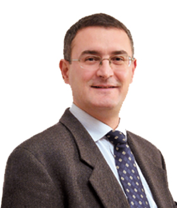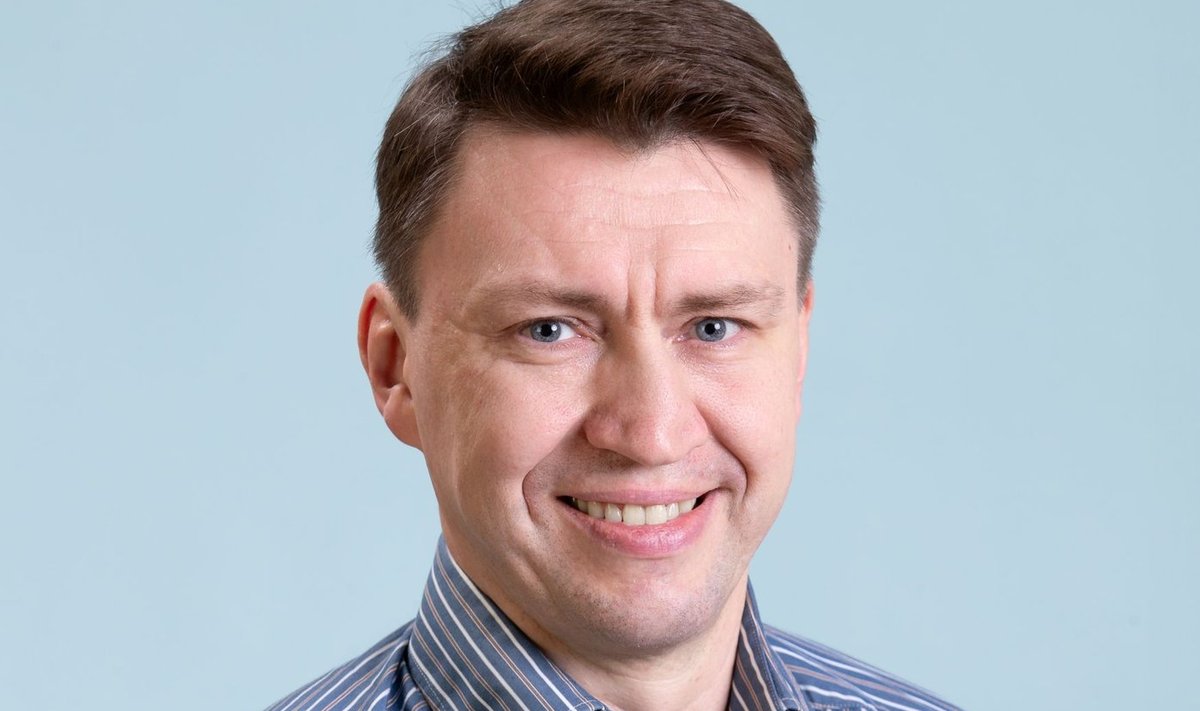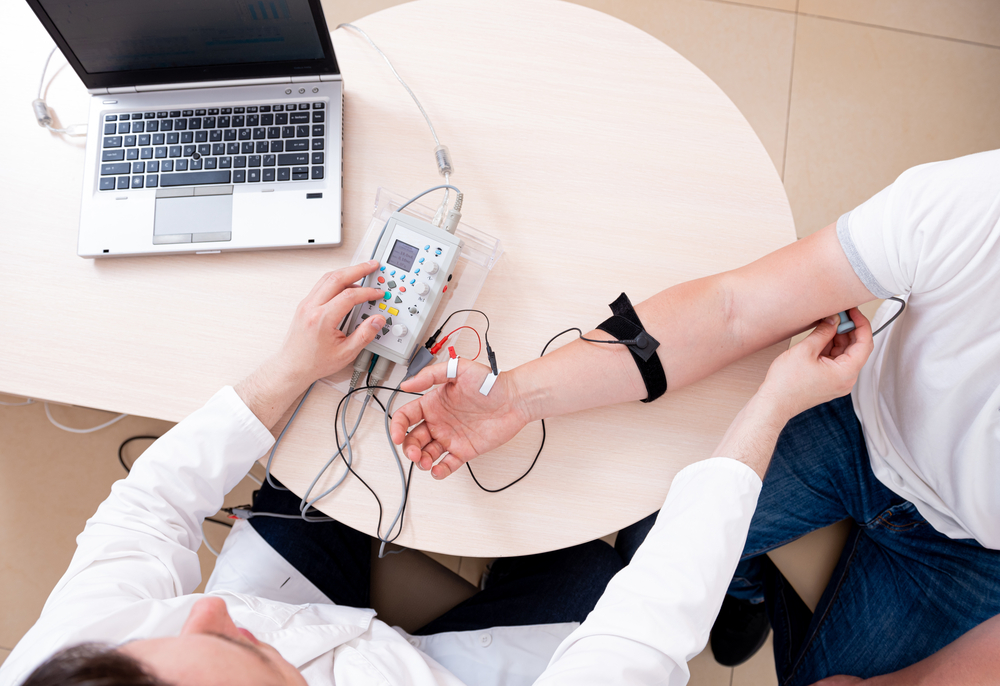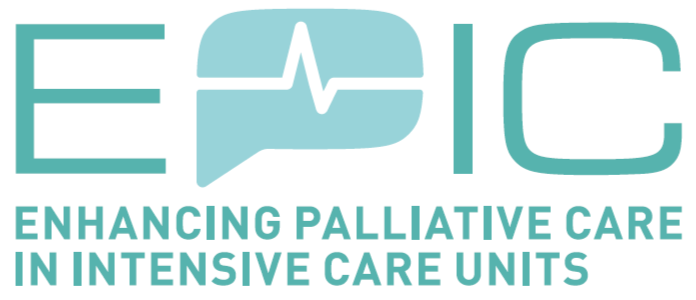ESAIC News
Analysis of the number growth of ICU patients with Covid-19 in Italy and Lombardy
updated to 17-March, Day #25 evening
Davide Manca*
PSE-Lab, Process Systems Engineering Laboratory
Dipartimento di Chimica, Materiali e Ingegneria Chimica “Giulio Natta”
Politecnico di Milano
Piazza Leonardo da Vinci 32, 20133 Milano, Italy
Prepared for ESAIC, the European Society of Anesthesiology
March 18th, 2020
Copyright © 2020 Davide Manca
UNPUBLISHED
No parts of this paper may be reproduced or elsewhere used without the prior written permission of the author
Time to read: 3 min
This short communication is based on the dynamic analysis (i.e. evolution) of the number of ICU Covid-19 patients (NICUC) both in Italy and Lombardy. Italy has 60.5 million of inhabitants, Lombardy is a northern region of Italy and has 10 million inhabitants (2018, Eurostat). The author will try to keep the mathematical details as simple as possible, however a minimum amount of math is necessary. This short communication is intended to prepare and make aware both medical doctors and decision-makers for the allocation of further beds, devices, personnel, time, and resources in the emergency planning of ICU and sub-ICU wards.
Data are made available by the Italian Health Ministry on a daily basis at 6 PM (CET). This dynamic analysis assigns Day-1 to 22-Feb-2020 (the first day of an ICU patient with Covid-19 in Italy. This was a 38-year old male with no comorbidities and a good physical shape).
Today, March 18th, 2020 is Day #26.
Some preliminary remarks: (i) the reported details and comments are rather consistent and numerically robust due to the high number of inhabitants of the regions that contribute to the phenomenon; (ii) the dynamic analysis is based on the historical trends of NICUC and is neither based on epidemiologic models nor on variables such as the number of Covid-19 positives as those quantities are less reliable.
For the sake of clarity, NICUC increases monotonically (i.e. increases relentlessly, persistently). There are no stationary days or decrease days during the Covid-19 emergency. The medical choices to intubate patients could have changed during the studied period, according to the hospital organization, to the availability of resources, and to recommendations, leading to an underestimation of the true necessity of NICUC.
The NICUC phenomenon starts with an exponential trend (i.e. very fast phenomenon with constant and short doubling times over 2-4 day intervals) that is maintained for a rather long period. At the very beginning (about 5-7 days) the ICU number fluctuates but after that period it approaches a smoother exponential trend. That trend remains exponential until Days #16-#18 although every day it relaxes the upward concavity (it resembles a tulip petal that blossoms). In the following, there are 3-4 days that exhibit the maximum velocity of increase, i.e. the inflection point. The inflection point was reached at Day #19 in Lombardy and Day #22 in Italy.
The difference between Lombardy and Italy was only due to the restrictive measures to movement and contacts among people adopted first in Lombardy and then all over Italy. Every day counts. After the inflection point, the phenomenon takes on a downward concavity although it continues to increase steadily. However, the velocity of increase slows down progressively and approaches a horizontal line. This asymptotic condition is expected to happen on Days #38-#40 (since this will occur in the future, respect to this report, this is an extrapolation and the reader should pay attention and be wise in interpreting such data). With reference to the asymptotic NICUC horizontal condition, it is evident that this is a simplifying assumption, as after the maximum NICUC will start decreasing and at the end of the pandemic, it will be null. However, this assumption is consistent and useful for emergency planning as the residence time of ICU Covid-19 patients who remain alive is about 15 days (however higher than 10 days). Under this emergency, 15 days can be assumed as an infinite time.
Overall, the phenomenon follows a logistic curve, which can be approximated to a sigmoid curve.
Some important data and bits of information to better understand the phenomenon and to emergency planning and preparedness:
- Initially, NICUC doubles in less than 3 days, then the doubling time of NICUC becomes longer but the improvement is quite slow (i.e. every day the doubling time gains a few hours). After three-four weeks, the doubling time is conservatively 4-5 days.
- These are non-conventional days. These are not peace times, these are war times. This means that best practices and standard assumptions and hypotheses must be relaxed, or changed, or wisely adapted. Everything must be done quickly to find new solutions.
- CPAP devices may delay respiratory failure, helping medical staff (also non-ICU experts) to avoid ICU admission when intubation is not feasible or available.
- Wards used for other purposes can be modified and prepared for ICU purposes. This can be done in a matter of days or even fractions of a day. It requires great coordination among people with logistic capabilities. Hospitals were completely overturned to allocate new ICU beds. The most difficult problem is correctly allocating human resources and competences to manage the ICU machineries and critically ill patients.
- One critical point may become the oxygen pressure in distribution lines as every CPAP can use 40 L/min and because of the high number of patients using breathing devices.
- In case protective masks are running out, it is possible to reuse them after proper sterilization (better than nothing but not recommended if it may be avoided).
- Private donations can help a lot in creating ICU beds in few days bypassing the bureaucracy and slow decisions of public bodies.
- ICU patients (either Covid-19 or non-Covid-19) can be moved to other hospitals either inside or outside of the region to free beds for other ICU Covid-19 patients.
- There is a dominance of ICU male patients. Comorbidities play a significant role but not always. In one hospital, a high percentage of overweight and obese ICU patients was observed.
- A shortage of medical doctors and nurses may occur as some of them may become infected. There is the opportunity to recall retired medical doctors and nurses, and to hire graduated doctors who have not received the enabling license yet.
Supplemental material with further details and quantitative data is available online HERE.
**
Notes
The author is responsible for any misprints, mistakes, and wrong interpretations of information and phenomenon reported in this short communication.
Acknowledgments
The author acknowledges the valuable and continuous discussions with medical doctors: Dario Caldiroli (Head of Anesthesiology and Resuscitation at Neurological Hospital in Milan), Enrico Storti (Head of Anesthesiology and Resuscitation at Lodi hospital), Piergiorgio Villani (Resuscitation doctor at Lodi hospital), Giovanni Mistraletti (ICU MD at San Paolo hospital of Milano), and Edoardo De Robertis (Head of Anesthesiology and Resuscitation at Perugia Hospital) all involved in the Covid-19 emergency.
Short bio
Davide Manca is Professor of Process Systems Engineering at Politecnico di Milano in Italy and is the Head of PSE-Lab at the Chemical Engineering department. His research topics are on physiologically-based pharmacokinetics and pharmacodynamics for individualized treatment and optimal administration of drugs. Specifically, he is now active on automated closed-loop control of IV anesthesia based on a model predictive approach to dynamically titrate both anesthetic and analgesic as a function of patient’s features while monitoring BIS, MAP, and HR parameters. He is author of more than 250 peer-reviewed papers, book chapters, and books most of them indexed in Scopus, WOS and PubMed. He has supervised a number of PhD and master’s degree students in PBPK and PD applied to automated control of IV anesthesia based on model predictive control and online decision support systems for IV anesthesia. PSE-Lab was granted with a few European and National research grants.
Contact details:
Davide Manca phone +39 02 23993271 mobile: +39 328 5690430
e-mail: davide.manca@polimi.it
website: http://pselab.chem.polimi.it/












